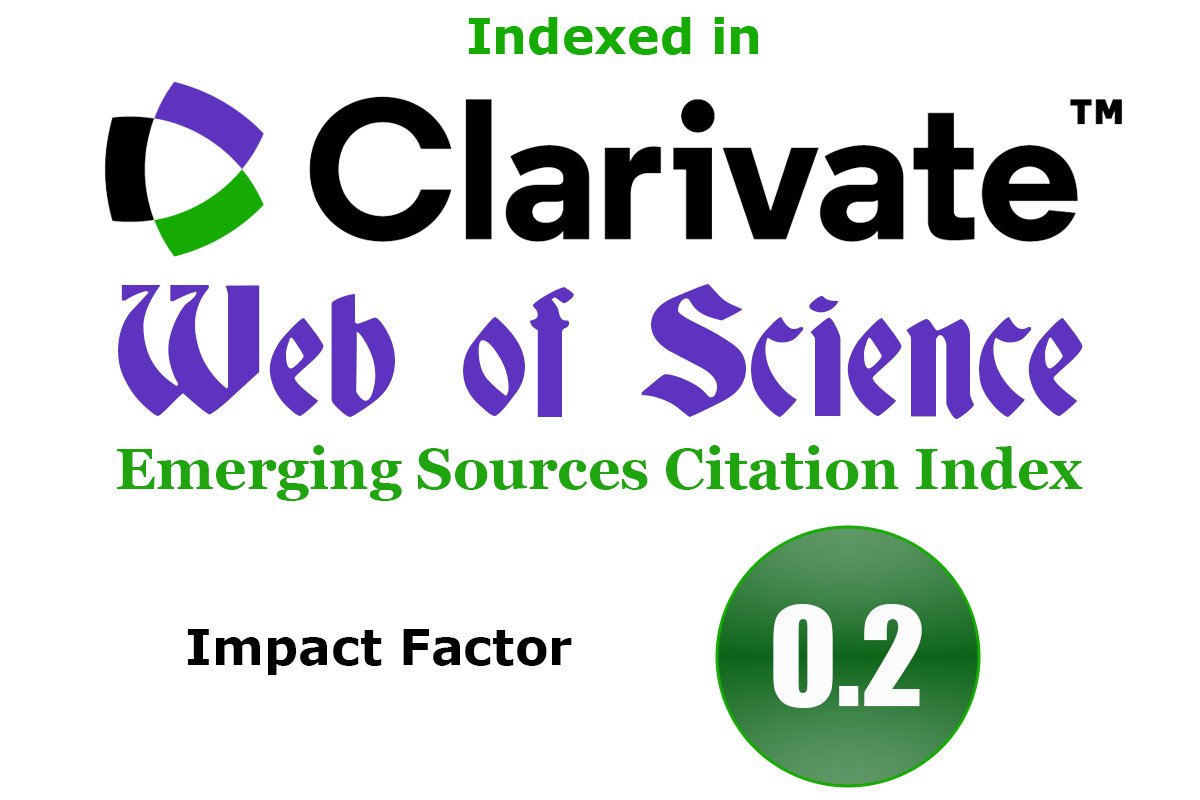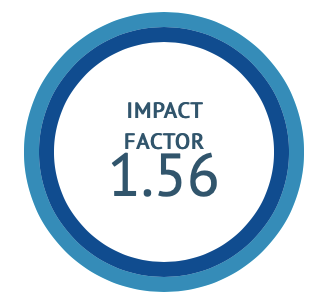In-Silico unveiling of Pandanus amaryllifolius as a Cardioprotective Agent in Azithromycin-Induced Cardiotoxicity
DOI:
https://doi.org/10.47552/ijam.v16i3.5694Keywords:
Cardiotoxicity, In-silico, Molecular docking, Pandanus amaryllifolius, Molecular dynamicsAbstract
This study investigates the cardioprotective potential of Pandanus amaryllifolius (pandan) leaf extract against azithromycin-induced cardiotoxicity, utilizing in-silico methods to uncover its key phytochemicals and mechanisms of action. The PubChem online database was used to obtain the 3D structures of all phytocompounds, which were then optimized using the MMFF94 force field. A comprehensive screening of phytochemicals using databases such as IMPPAT identified 94 compounds present in pandan leaves, of which 9 satisfied Lipinski's rule of five, indicating strong drug-likeness. Further target prediction and network analysis revealed that 40 genes were common between the cardiotoxicity-related targets and the active compounds. Pathway enrichment analysis highlighted critical signaling pathways, including HIF-1 and PI3K-Akt, as significant modulators of the protective effects. Among the identified compounds, Pandamarilactone-1 and Pandamarine exhibited particularly strong molecular interactions with key proteins such as MAPK1 and PIK3R1. These interactions were validated through molecular docking studies, which demonstrated strong binding affinities, and molecular dynamics simulations, which confirmed stable protein-ligand complexes. The findings suggest that P. amaryllifolius may counteract cardiotoxicity by modulating oxidative stress, reducing inflammation, and targeting key pathways involved in cardiac damage. This study positions pandan leaf extract as a promising therapeutic candidate not only for drug-induced cardiotoxicity but also for broader cardiovascular conditions, providing a foundation for further research and development.
Downloads
Published
How to Cite
Issue
Section
License
Copyright (c) 2025 International Journal of Ayurvedic Medicine

This work is licensed under a Creative Commons Attribution-NonCommercial-ShareAlike 4.0 International License.
The author hereby transfers, assigns, or conveys all copyright ownership to the International Journal of Ayurvedic Medicine (IJAM). By this transfer, the article becomes the property of the IJAM and may not be published elsewhere without written permission from the IJAM.
This transfer of copyright also implies transfer of rights for printed, electronic, microfilm, and facsimile publication. No royalty or other monetary compensation will be received for transferring the copyright of the article to the IJAM.
The IJAM, in turn, grants each author the right to republish the article in any book for which he or she is the author or editor, without paying royalties to the IJAM, subject to the express conditions that (a) the author notify IJAM in advance in writing of this republication and (b) a credit line attributes the original publication to IJAM.




